Last Updated on November 22, 2023 by Cathy
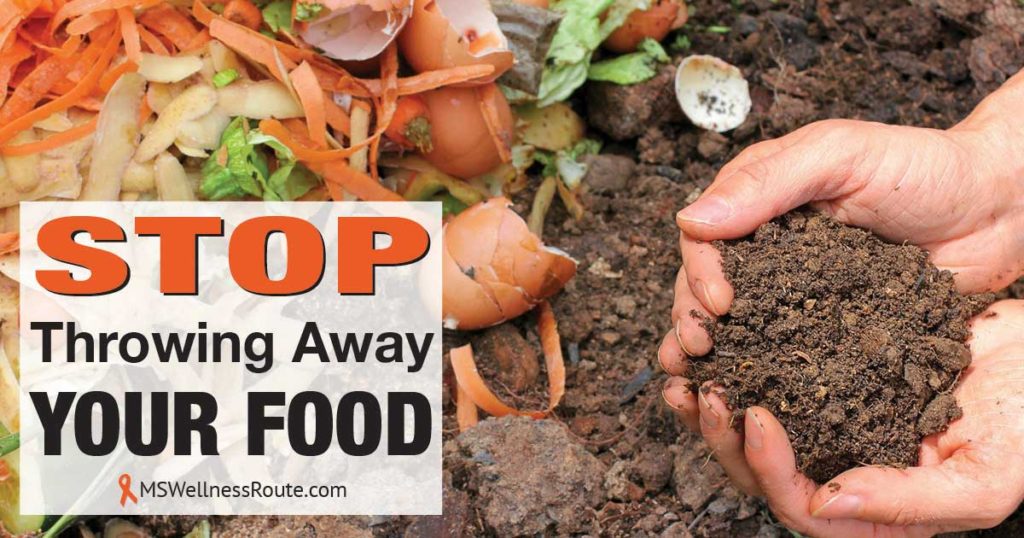
Americans waste an enormous amount of food every day. The Environmental Protection Agency (EPA) estimated a shocking amount. 42.8 million tons were wasted in 2018! Most of this waste comes from fruits and vegetables. Stop throwing away edible food
Have you ever wondered how many parts of vegetables get tossed in the trash, that is perfectly edible?
The answer… way too many.
Some of the waste is from forgotten produce in the crisper drawer or back of the refrigerator. Most of it is from people deliberately throwing produce parts away not knowing it’s edible.
Unfortunately, way too many edible vegetables get discarded. I used to be one of these people until I started looking into which parts were edible.
Not only was I wasting money, but I was also throwing away extremely healthy and delicious parts. For example, did you know you can eat the green tops of strawberries? Next time you make a smoothie toss the entire berry including the green top into the blender.
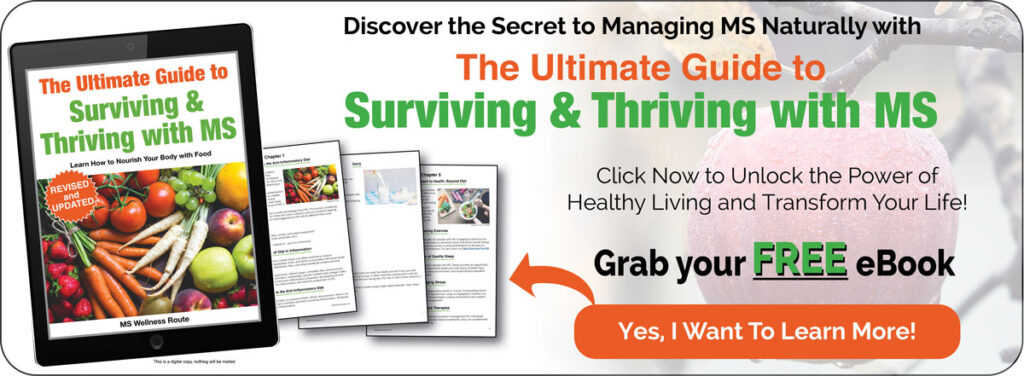
Stop throwing away perfectly good food! Here are some common vegetable parts that are thrown away that you can eat:
Beet Greens
Both the greens and stems of beets are edible. They are good in salads, soups, sautéed, or steamed. They are sweet, mild-tasting, and more nutritious than beetroot. Kale is a powerhouse for nutrition but beet greens are right up there too. I prefer beet greens over kale.
Broccoli Leaves and Stalk
When buying broccoli most of the leaves and stalks are already removed. Instead of tossing the rest in the garbage or compost, eat them. It’s best to remove the fibrous outer layer of the stalk, you can do this by using a vegetable peeler. Use these peels for slaw or stir fry. Then slice the stalk into pieces and sauté it in your favorite oil or add the unpeeled stalk to the soup.
Carrot Greens
Carrot tops were once believed to be poisonous but they’re edible. They have a sweet flavor and are good in salads, soups, or stews. Carrots aren’t in the nightshade family but carrot greens are. If you are sensitive to nightshades you should avoid carrot greens.
Cauliflower Leaves and Stalks
Like broccoli, cauliflower leaves and stalks are edible. The stalk is fibrous so it’s best to peel it just like broccoli. Cut the leaves and stalks into small bite sizes and add them to your favorite meals. The leaves do go bad quickly so it’s best to eat them soon. When cooking the leaves are smooth kind of like cabbage leaves and they taste delicious.
Cauliflower leaves are easy to cook or roast but they do take a little longer to cook than other leafy greens. Use them in casseroles, salads, slaw, soups, or stir-fries.
Celery Leaves
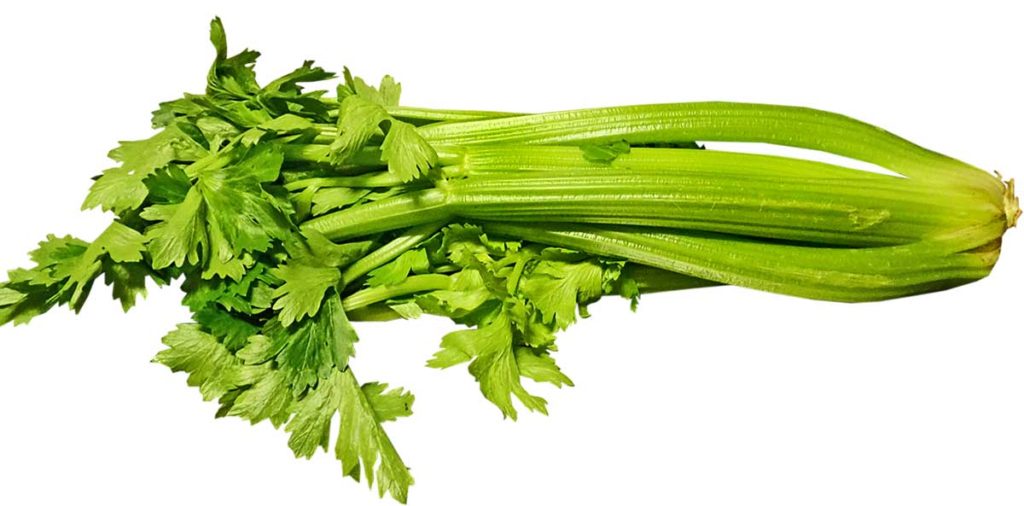
Grocery stores usually sell celery with the tops already cut off but what a waste. Celery leaves are delicious and nutritious. The darker leaves can have a stronger flavor than the tender lighter leaves. Use them with soups, stews, or garnish. You can even dry them and use them as a herb.
I am not a big fan of celery and didn’t know there was a big difference in the taste between organic and non-organic. However, when I started juicing celery the organic celery was so bitter I couldn’t drink it. Then I discovered the organic celery at Costco – much better! I don’t know why there is a difference but it’s the only place I buy celery now (I didn’t try Whole Foods organic celery).
Kale Stems
Kale stems like chard stems are chewy, fibrous, and tough – doesn’t sound too appealing. Kale stems are very nutritious so stop throwing them away. You can blanch them but to me, that’s a lot of work. – I don’t like spending a lot of time in the kitchen preparing food. You can fry them as long as you don’t have histamine intolerance.
Instead, add the kale stems to your favorite green smoothie or juice them. When they are in a liquid form it’s easier to drink plus when it’s in a smoothie the other vegetables can hide the flavor. – Only if you need to like me, kale isn’t my favorite vegetable.
Leek Tops
Leek tops are very nutritious and flavorful. The darker top is tougher than the white part but you can use both parts the same. Such as soups, stews, stir-fries, or garnishes on other meals.
Pumpkin Seeds
Next time you’re craving a pumpkin or any other winter squash like butternut squash, save the seeds. Roasted pumpkin seeds make a great snack and they taste good. Pumpkin seeds are high in antioxidants, fiber, and magnesium.
They are heart-healthy, have lower blood sugar, and are anti-parasites. Plus they are antifungals which are common in people with MS. You can snack on them alone or add them to salads, smoothies, or soups.
Radish Greens
Some radish leaves are a little fuzzy but don’t let that stop you from eating them. If the fuzzy bothers you just toss it in with something else as you cook. I like to cook up sweet potatoes, onions, broccoli, radish leaves, and herbs, it is so yummy.
If the fuzz doesn’t bother you add it to your salads. The taste is a little strong similar to chard. When you bring radishes home from the grocery store cut the leaves off. Otherwise, the leaves will continue to draw water out of the radish drying it up quicker. It’s best to eat the leaves within 1-2 days before they go bad.
Squash
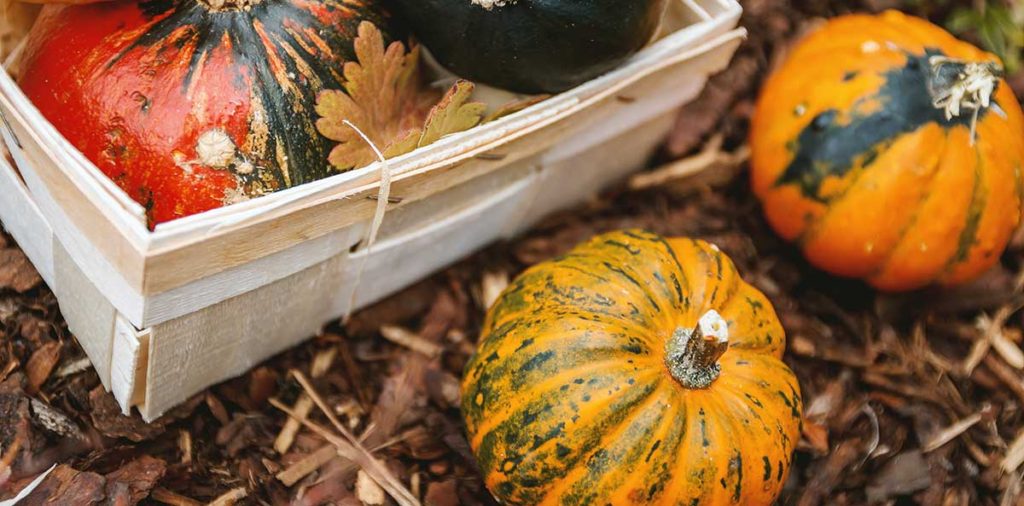
Winter squash and summer squash are entirely edible. The flesh, seeds, leaves, flowers, and even the stem are all edible. Of course, if the stem is dried up you should pass. But if you just picked it from your garden, the entire squash is edible.
Eat the leaves like any other dark leafy green, younger leaves are better tasting and not as chewy as the older leaves. The skin on most is tough, it’s best to bake it or roast it to soften the skin before eating. Many of the stems are fuzzy, use a vegetable peeler to remove them if it bothers you.
The seeds make a great snack. Drizzle them in your favorite oil and sprinkle them with seasonings like cinnamon, garlic, or sea salt. Roast them at 350º F for 12-15 minutes tossing them occasionally.
The flowers are also edible, they usually come in yellow or orange. They have a mild taste and you can eat them raw or sautéed.
Did you know there are male and female flowers?
The males have a long slender stalk in the middle of the flower. The females have a bulbous end and grow closer to the center of the plant. Only the female produces a squash, if you pick the male flowers you won’t be missing out on any squash.
Sweet Potato Leaves
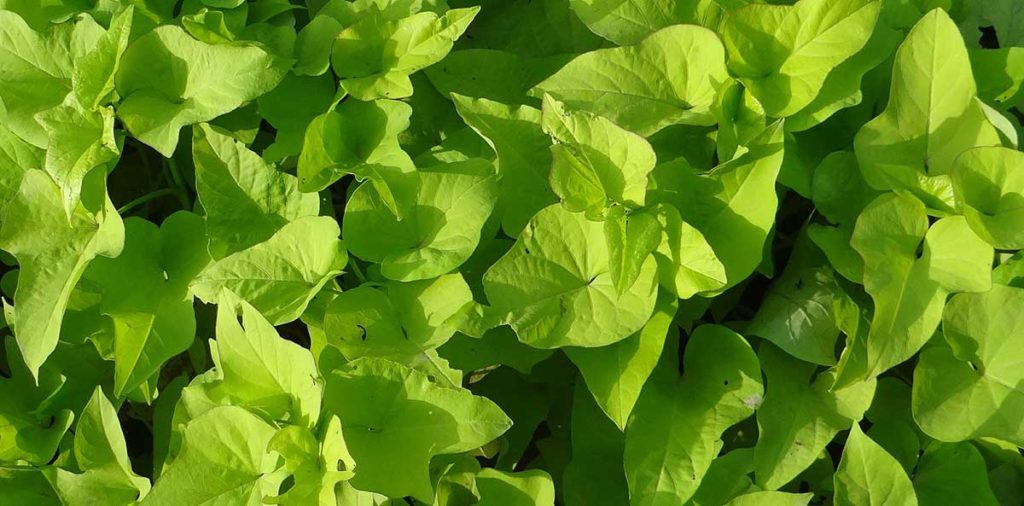
When buying sweet potatoes they don’t come with leaves. But, if you’re growing sweet potatoes you can eat the leaves too. I haven’t personally eaten these but I’ve read the leaves are high in fiber, minerals, and vitamins. It’s best to cook the leaves because raw leaves can taste bitter.
I tried growing sweet potatoes last year but didn’t have any luck. As I was waiting to harvest them just before the first frost, they were gone. I’m blaming the rotten rabbits. Since the ground squirrels are already hibernating by that time.
Swiss Chard Stems
It’s not just the leaves that are good for you, the stems are very nutritious too. The stems are high in glutamine which is an amino acid that improves your immune system. To eat them finely chop them and start cooking them first since they take a little longer to become tender.
Be Aware of What You’re Eating
This is a good list of edible vegetable parts that often get tossed into the garbage. You still need to be careful and make sure what you’re about to put in your mouth isn’t poisonous. Most people think of mushrooms when they think of poisonous vegetables.
Rhubarb is often used in pies so people think it’s a fruit but it’s a vegetable. The stalk looks similar to celery but it’s bright red. The leaves however are toxic due to their high level of oxalic acid. – Don’t eat rhubarb leaves.
Quick Links To Information In This Post:
Stop Throwing Away Your Food
If you don’t want to eat these food parts, add them to a compost pile. Use these tips to keep edible food from ending up in the trash. You just might find a new favorite veggie plus, it will save you money.
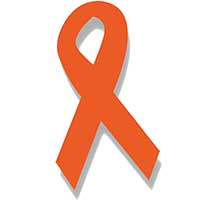
Free Wellness Library!
Subscribe for free and I’ll send you the password to my secret library filled with many printables for your wellness journey.
Want to remember this health tip? Pin it to your favorite Pinterest board!
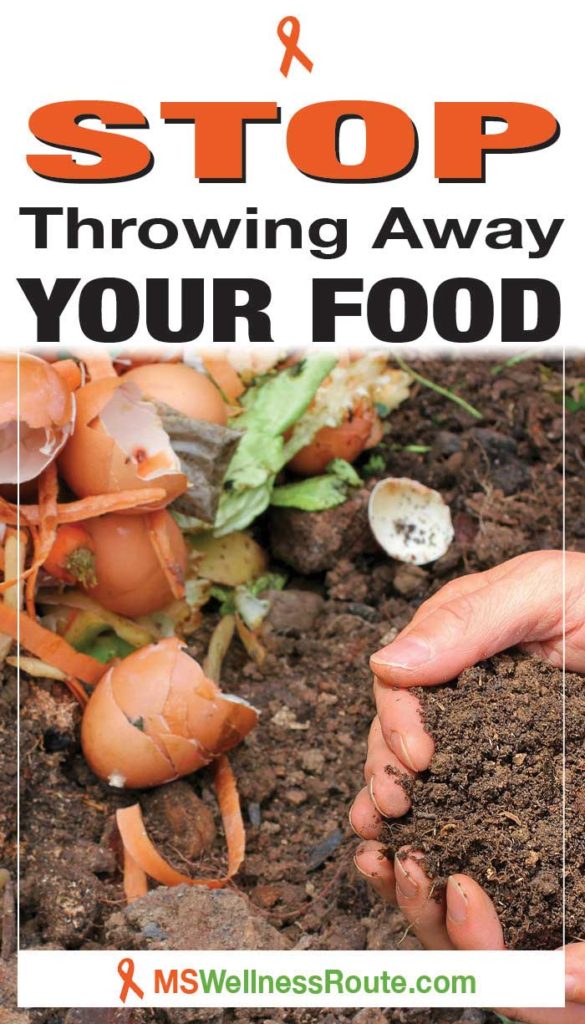
Resources:
Stop Throwing Away Your Food





